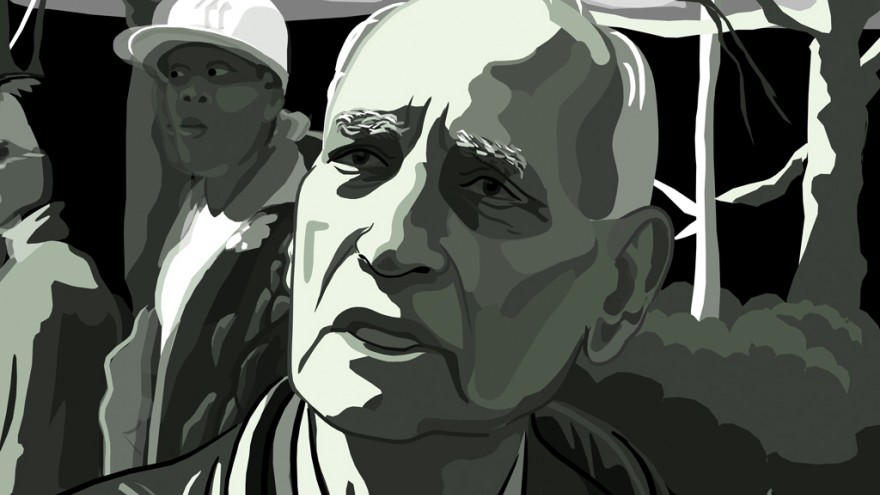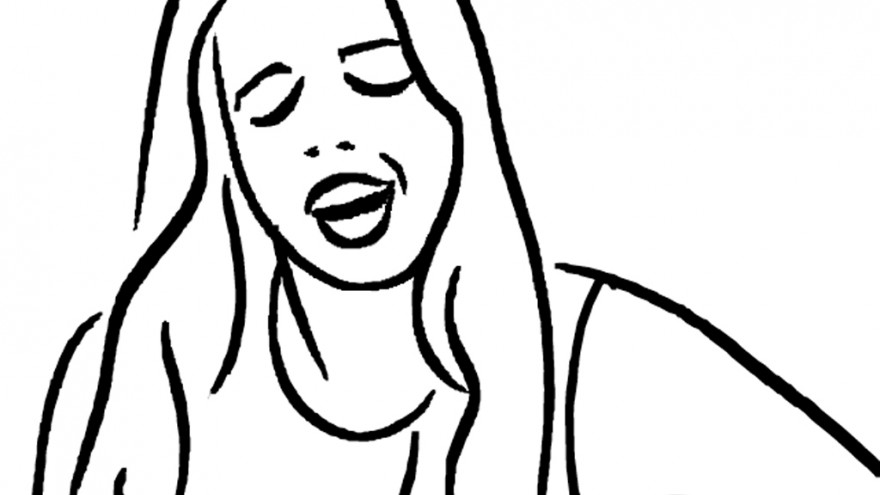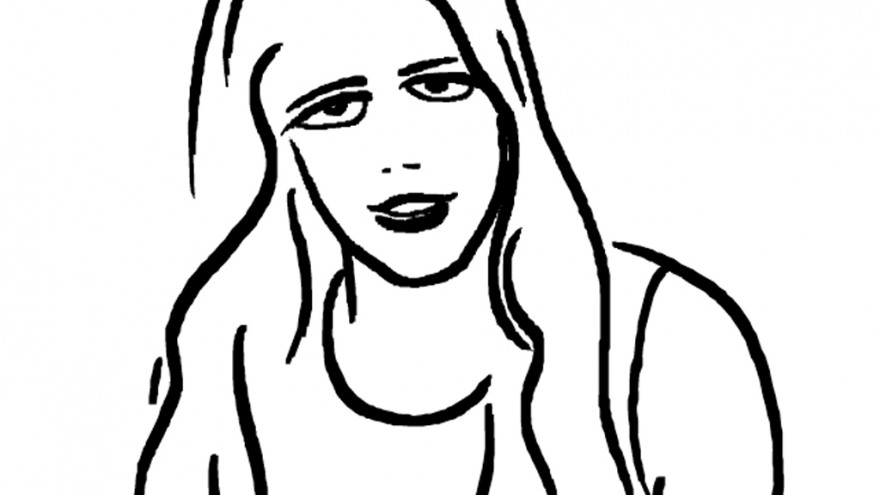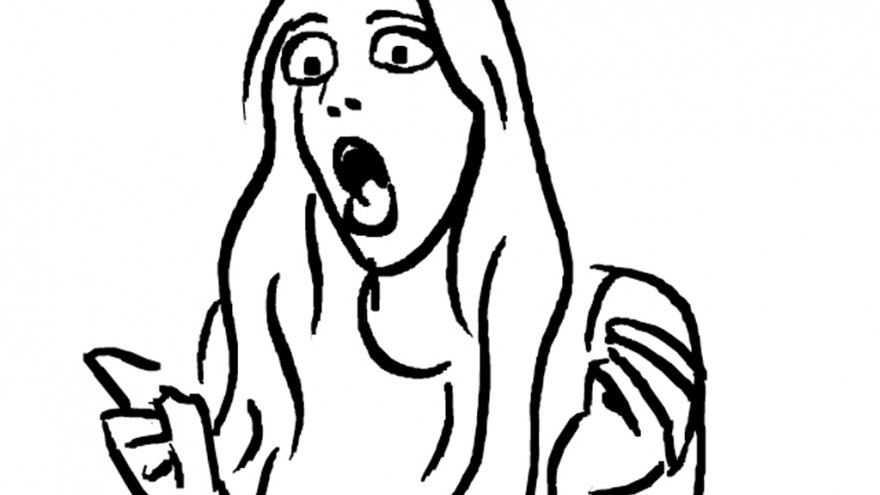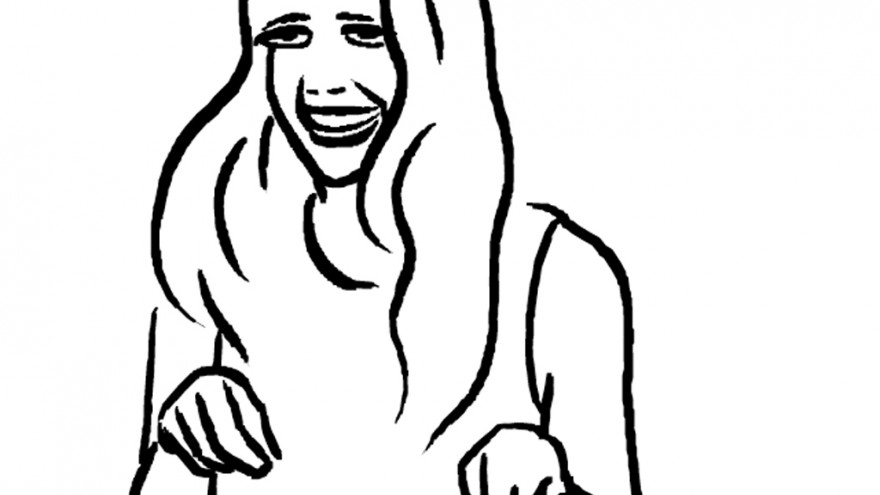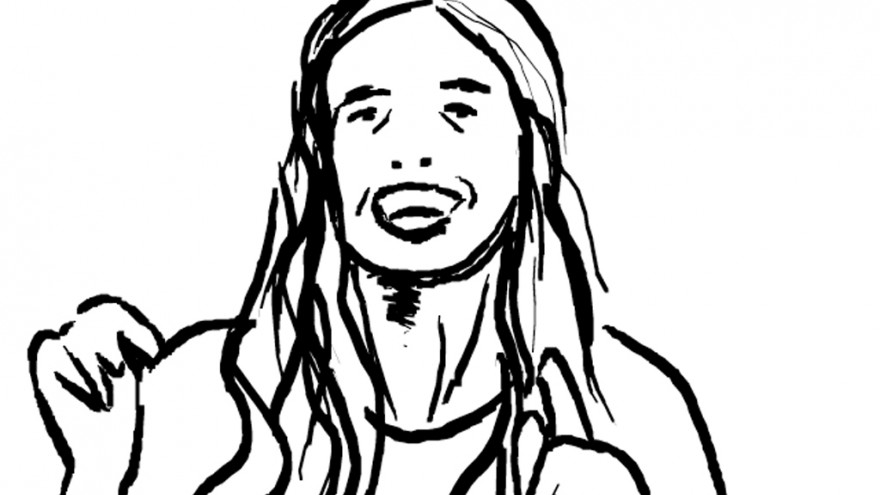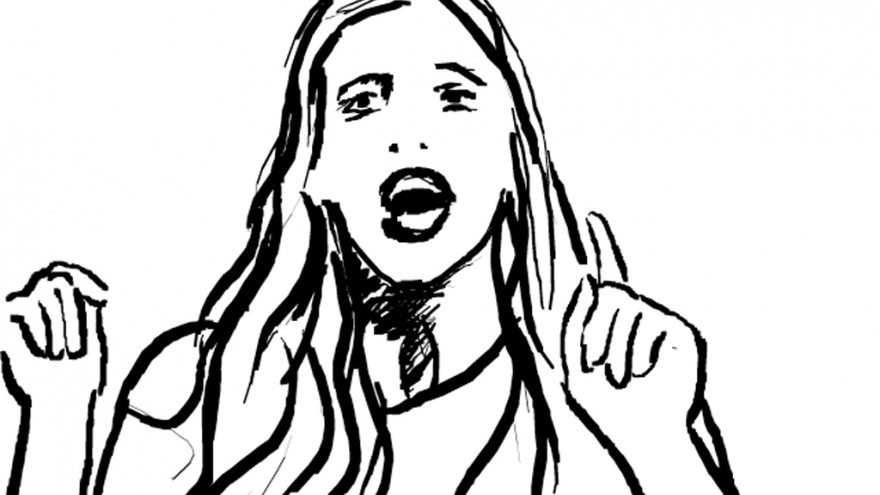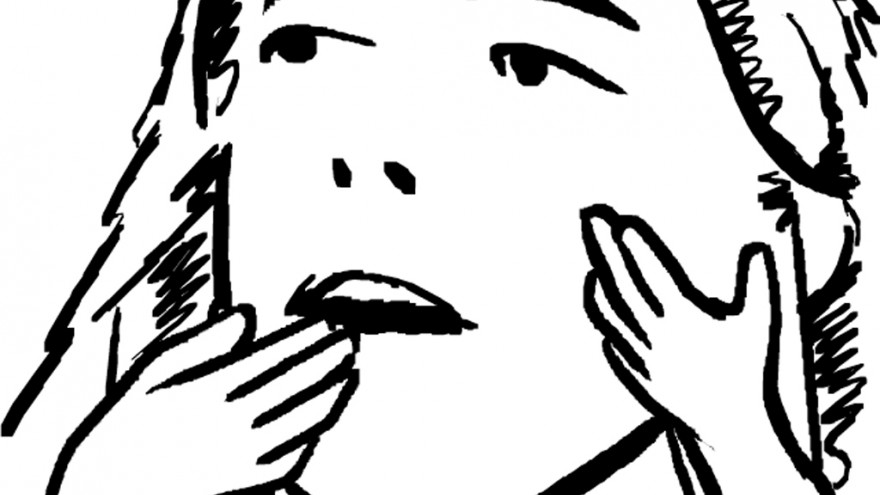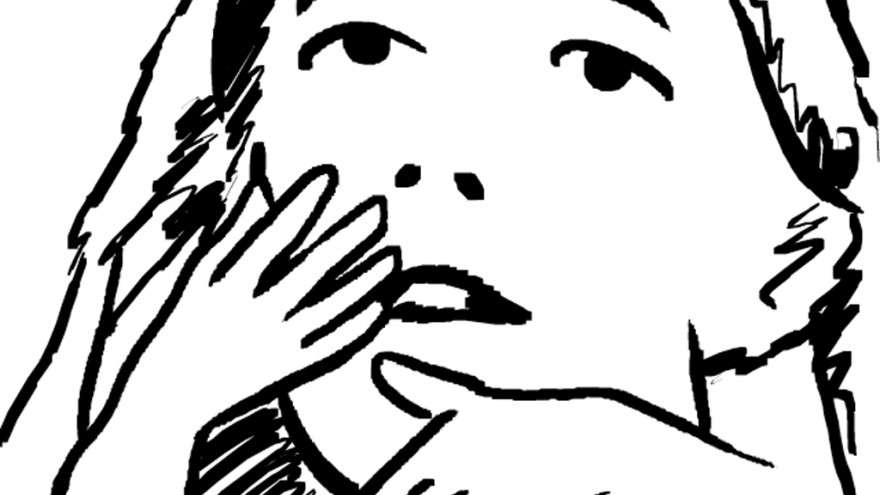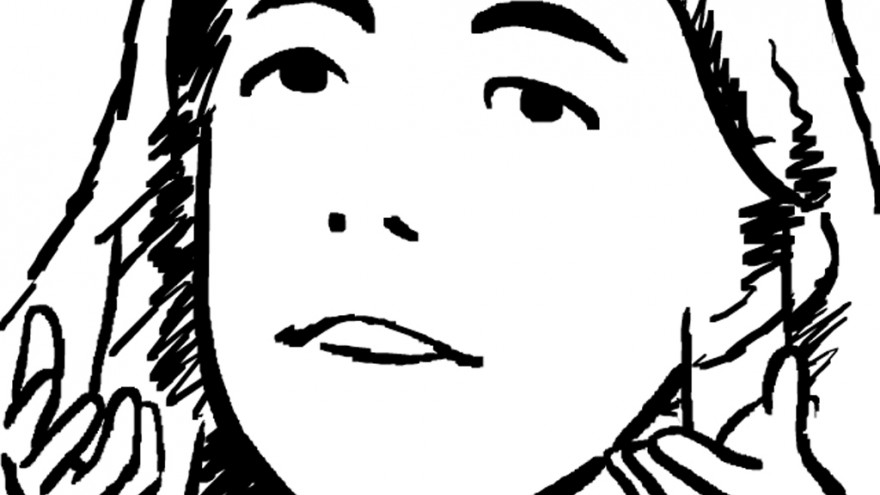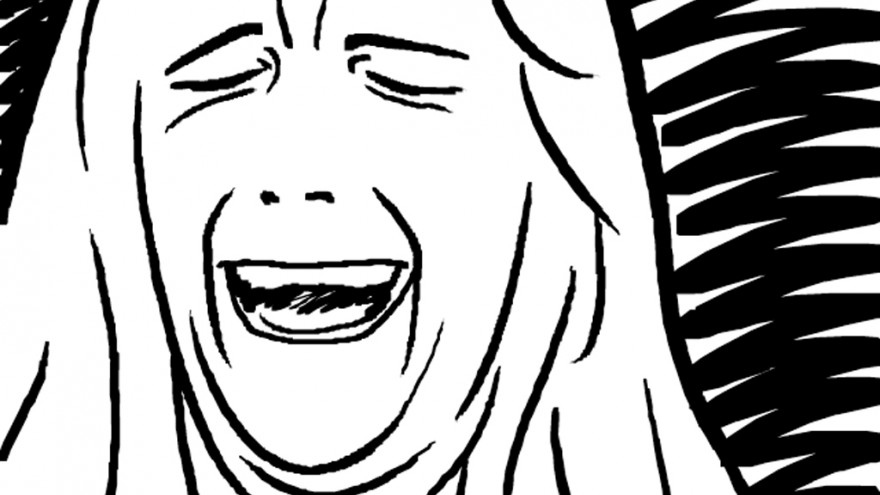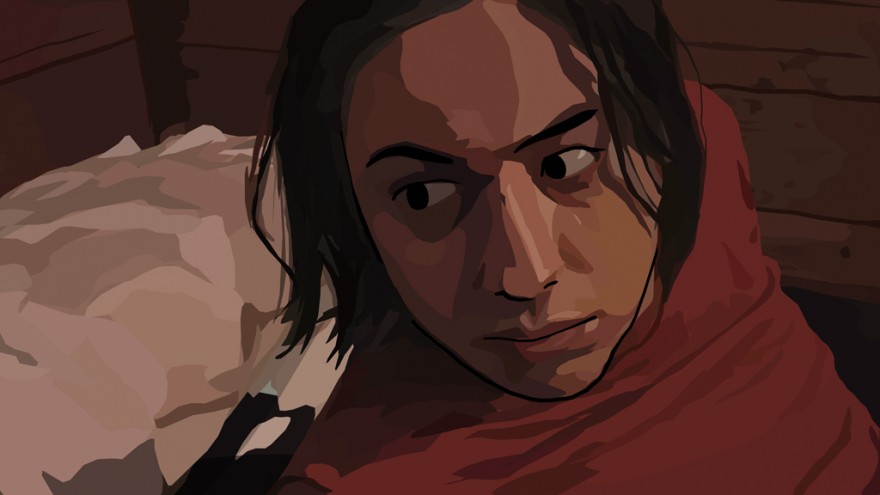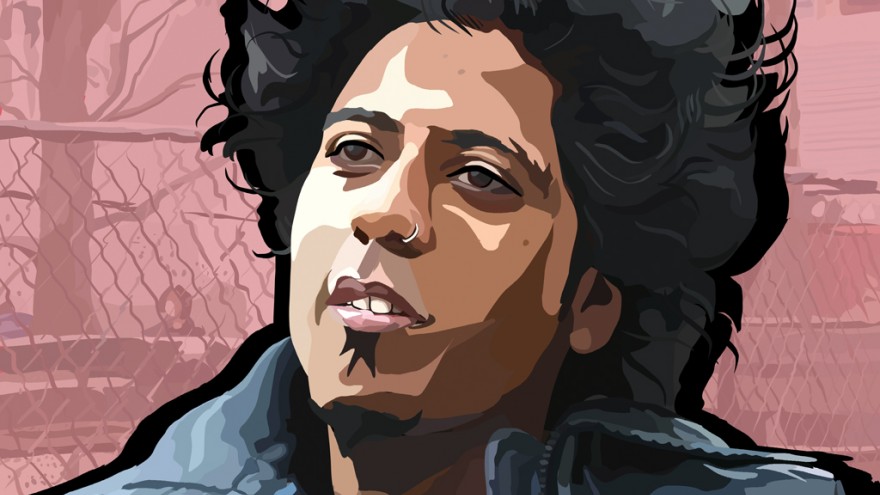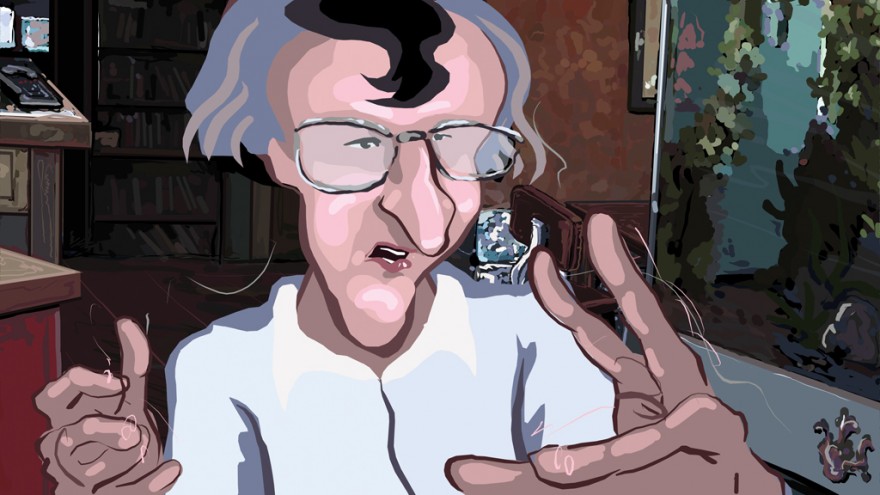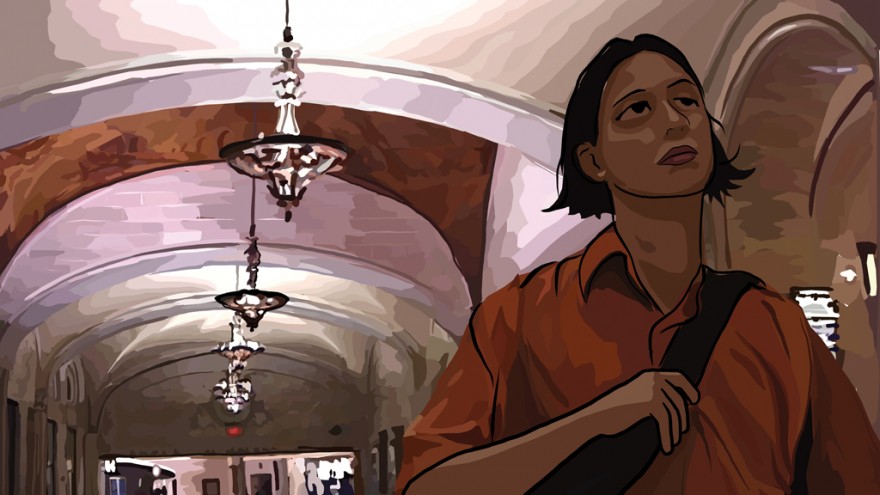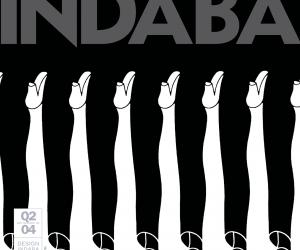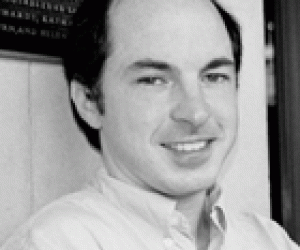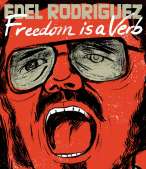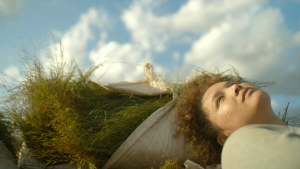First Published in
One of the things we have learnt from Design Indaba is that our delegates have high expectations of the big banner names (you know, the cult of celebrity is very seductive!) - but are almost always surprised and blown away by the sleepers at the event - the uncelebrated designers that have yet to achieve global fame, but have a body of work that is absolutely awe-inspiring. Bob Sabiston was one such surprise. He was rated highly by all the delegates, as post-event research has shown. Most had not heard of him before the 7th Design Indaba.
We knew him from Resfest, the global digital film festival that we host in South Africa every November, and we have seen that in the last three years Bob regularly features as amongst the top exponents of digital movie making. So we made contact with him last year, and lured him to Cape Town. It was an inspiring presentation, delivered with such humility. Here is a guy doing ground-breaking work - in writing code for bespoke software to create animation - and he is unaffected by it all. (Ed)
In your presentation, you spoke of the technique of rotoscoping. What is it?
Rotoscoping is, most briefly, tracing. It is simply tracing over filmed or video footage in order to create animation. This was used in the earliest animation, for example in Walt Disney's Snow White, to give figures the most accurate anatomy and movement possible. However, rotoscoping does not always look good. Sometimes it can look too traced. There is a fluidity and imagination in characters drawn from scratch that rotoscoped work does not often have.
My work with rotoscoping began as a study of the face and facial expressions. I wanted to film people and then do animations of their particular gestures and movements that revealed personality. It was for an animation contest at MTV in 1997. I had already done a lot of traditional 2D/3D work, so I wasn't too concerned about whether it was animation in the historical sense. My idea was to use gestural drawing, where you rapidly sketch what you see, without concern for technical accuracy. I was curious whether the emotion in the individual frames would transmit at 15 frames per second. So it began as an experiment. In doing it, I realized that by linking the corresponding lines together over a series of frames, I could get more fluid motion and save a lot of work. This resulted in the weird video/not video look that has characterized my "rotoscoped" films. It is hand-drawn and yet it looks computer-based!
How did the mainstream animation industry react to the software?
I don't know, really. My gut reaction is to say they got together to exclude Waking Life from being nominated for the first animated Oscar. My sense is that people there feel that it isn't "real" animation. And yet the irony is that we are still doing all this hand-drawing, and they have moved away from that into the puppet-land of 3D animation! I can understand people that object to the tracing, saying it isn't real animation. I agree with them, it isn't. But I just like the way the result looks. And besides, all the "real" animators out there are stuck drawing pink bunnies and other inane shit for Hollywood and TV. What we are doing is much easier, so we can afford to focus on less lucrative topics, money-wise.
How do you view yourself - fine artist/animator/software developer?
Yeah, I think at different times I fulfill all of those roles. I move around in the space where those three jobs overlap.
What is the best platform for the above elements to merge? Art galleries? Movies? Documentaries?
I think that depends on the context of the work. The medium itself can be used for so many different things. Animation can be done as fine art, where you probably would only see it in a gallery. It obviously has a place in movies, but you aren't likely to see the same thing as you did in the gallery. The "best" platform is really dependent on the person doing it, what he/she wants to do the most.
Why have you chosen primarily documentary-style subject matter to work on for your animation?
Well, since this rotoscoping experiment started out as wanting to draw "real" people - it was natural to just go out and interview people to find that. I was inspired by the earlier films of Errol Morris, as well as Nick Park's Creature Comforts film. They seemed to get right to things that were inherently interesting about real people, without needing the artifice of a script, a set, a story. That said, I also just didn't have any experience with narrative or drama. Documentary is the easiest, in many ways - and it goes against the trend in animation to doctor every single thing, to control absolutely the viewer's experience, put a sound effect exactly where it's supposed to be funny and so on. I'm very sickened by the way that this art form, animation, has been forced to serve the lowest common denominator in entertainment, mostly meaningless kids' shit. It seems insulting to the artists who can do this to make them draw goofy characters their entire lives.
What are the criteria for choosing a team to work with on a large animation project?
We've only done one big project, Waking Life, so that was just basically taking all the people I had worked with in the past and growing the team some more. I put up more flyers in coffee shops and art supply stores. I got friends of friends. Waking Life was such a low budget movie that we couldn't afford to hire professional artists. We are doing a new movie now, which may have a larger budget. I'm going to try to hire some professional comic-book artists, because we want the movie to have the look of a graphic novel.
How do you choose a project to work on?
I don't know. If people come to me with a project, it's usually a gut reaction: does this sound like something I want to give my life to for a few months? Mostly my films have just come out of an idea - something that interested me. With "Yard", we had just finished Waking Life with all these talking heads. I thought it would be cool to try something with nobody in it, just a bunch of trees and leaves. And the reason for the trees and leaves is that there are these cicadas in Austin in the summer, these incredibly loud choruses of chirruping insects, and I always wanted to use that sound in a film. So that sound became the whole focal point of the film, "Yard." With "Grasshopper," it was just the fact that this man had given us this incredible interview, from out of nowhere. I was excited by the idea that he had talked entertainingly for fifteen minutes straight, so why not animate the whole thing, with no edits? Stuff like that.
What are the possibilities of using this style of animation commercially?
People have already used very similar styles to do commercials. Actually the commercial industry seems more excited about it than any other. I get calls from commercial people all the time. I dread seeing a million commercials using this style, though, because then it will probably be dead to me. So I have resisted it.
Personal influences?
Movies and moviemakers, mostly. Rick Linklater, Waking Life's director, was my big influence in my twenties - his movie Slacker really affected me. I like the Disney polish, though their movies are usually awful to me but their look still blows me away though. Pixar - their short films were a big reason I got into animation. Also those traveling festivals of animation, where you see a whole program of independent shorts. Those things had a spirit that really stuck with me. Nowadays they are all "sick and twisted," which isn't really the same thing. I like Lars von Trier a lot, he seems to be doing something new in film. I like abstract art and painting too.
Where do you see yourself in five years?
Hopefully I'll be doing kind of the same thing, working on software and producing animation with it. It may not involve rotoscoping. I'd like to be directing my own movie or maybe doing a big art show of some kind.
What do you hope to achieve by speaking at forums like the Design Indaba, given that the software is not available commercially?
Well, I think my story could be inspiring to younger people, since I am very much about doing it yourself - go out and write the software you want, make your film yourself, come up with your own thing. I believe that if you have a passion of some kind, and you find some way to fulfill it, then the universe will provide a way for you to continue doing that.
What do you feel is lacking in the mainstream animation industry?
I feel that the animation industry has basically sold its soul, it's just all about money, and it isn't about art at all. Everything is worked over and reworked so many times to make sure it panders correctly to the audience, that every ounce of originality and distinctive voice is steamrollered right out of it. Hollywood is like that too, it seems like. It's always been that way. It is just a sad fact that if you want to do something that doesn't suck, you are probably going to have to be willing to do it for free.

